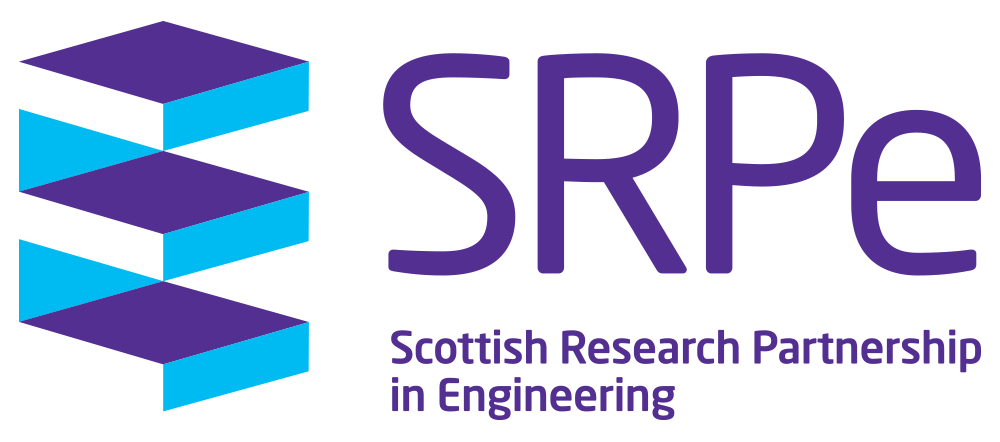Induced Ductile to Brittle Transition Impact Cut (IDBTIC)
Academic Supervisor: Professor Alireza Maheri
PhD Student: Dr Kenneth Bisgaard Christensen
In collaboration with: EU Interreg North Sea Decomm Pro
Summary
The project focuses on developing a novel cutting technique to reduce the cutting time for the removal of offshore foundation structures, thereby reducing the economic cost and environmental impact of the decommissioning process.
The aim is to research how carbon steel grades become more brittle at low temperatures, making it easier to fracture them by a low energy impact. After the impact requirement of the specific carbon steel grade has been defined, the cooling and cutting time will be calculated by applying a mathematical model. Then the data will be compared with conventional cutting techniques, especially Abrasive Water Jet (AWJ) cutting, to determine the novel cutting technique's theoretical cutting time and energy saving.
The project focuses on developing a novel cutting technique which can improve the cutting time for offshore installations, compared to the conventional cutting techniques applied by industry.
The novel cutting technique is based on the Cryogenic Cooling and Cutting Method (CCCM), which applies the Ductile to Brittle Temperature Transition (DBTT) phase shifting of carbon steel grades, which have a lattice Body Centric Cubic (BCC) atomic structure. Meaning that the carbon steel grades impact energy absorption is reduced at sub-zero temperatures. To reduce the temperature of the fracturing zone of the carbon steel geometry, Liquid Nitrogen (LN2) with a temperature of 77K (-196 °C) at 1 Atmospheric pressure (1 ATM) is applied to the surface of the carbon steel geometry until the fracturing zone of the carbon steel grade reaches a sub-zero temperature of 253 to 208K (-20 to -65 °C), depending on the specific carbon steel grade, which will then reduce the from 128 to 15 reduction will significantly save the energy requirement for the cutting process.
Key results/outcomes
Develop a Finite Difference Model (FDM) which can predict the cooling time
Showing that the CCCM, in theory, can cut faster than the conventional AWJ cutting method
Save 22.7% in the overall decommissioning time of offshore structures
The CCCM can be applied for carbon steel grade walls with a thickness of at least 200 mm
The CCCM can be applied for in-air and bedrock cutting but is not suitable for in-water cutting unless modified with an insulation shell to protect the LN2 from the high heat transfer rate of the seawater
Publications/Conferences
Speaker/Panellist on multidisciplinary research collaboration at: The Scottish Informatics & Computer Science Alliance (SICSA) Conference 2021https://sicsaconf.org/2021/
Conference paper at the 7th International Conference on Environment-Friendly Energies and Applications (EFEA), published by IEEE, titled: A Comparative Assessment of Cutting Techniques for Offshore Energy Structures. DOI: 10.1109/EFEA56675.2022.10063821https://ieeexplore.ieee.org/document/10063821
A newsletter featured it: By the EU InterReg North Sea Region DecomTools Project. https://mailchi.mp/3d5a935f2218/nyhedsbrev-april-327139
Theoretical research presented at the CCCM for the EU InterReg North Sea Region DecomTools Project.
The International Journal of Sustainable Energy Technologies and Assessments: A feasibility study on the application of cryogenic cooling and cutting for the removal of offshore wind turbine monopile foundations. https://www.researchgate.net/publication/379428434_A_study_on_the_potential_of_cryogenic_cooling_and_cutting_technique_in_reducing_the_decommissioning_cost_of_offshore_monopiles
